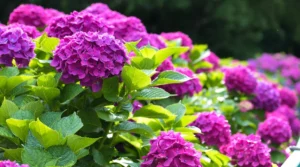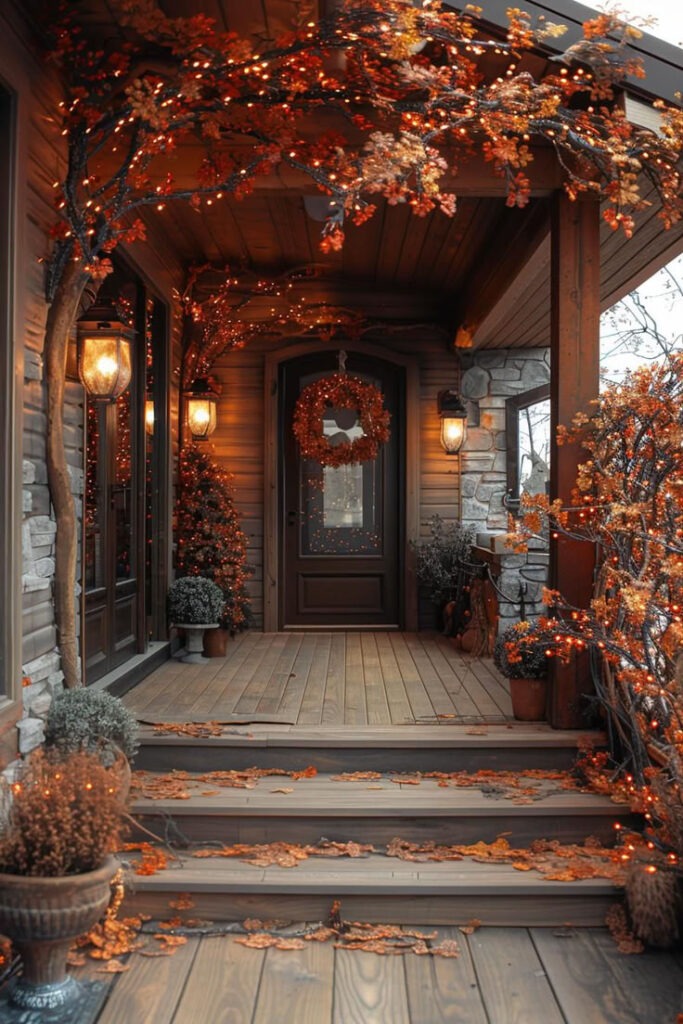Hydrangeas are among the most beloved flowering shrubs, known for their lush blooms and stunning color variations.
Whether you’re a seasoned gardener or just getting started, you may be surprised to learn that a common household item—baking soda—can play a helpful role in your hydrangea care routine.
In this post, we’ll explore how to use baking soda for hydrangeas, what benefits it provides, and how it can subtly influence the growth and health of your plants.
Read More: How to Get Rid of Ants in the House
This article includes affiliate links. If you make a purchase through these links, I may earn a commission at no extra cost to you. Your support is highly appreciated.
What Does Baking Soda Do for Hydrangeas?

Baking soda (sodium bicarbonate) is a natural and gentle substance that has been used in gardening for decades.
When it comes to hydrangeas, it doesn’t act as a fertilizer or miracle grow.
Still, it can influence the pH of your soil, which directly affects the color of hydrangea blooms, especially in varieties like Hydrangea macrophylla (commonly known as bigleaf hydrangeas).
Here’s what baking soda can help with:
-
Raise Soil pH: Baking soda can help increase the alkalinity of your soil. For hydrangeas, this is important because soil pH determines bloom color. Alkaline soils (high pH) usually lead to pink or purple flowers, while acidic soils (low pH) result in blue blooms.
-
Prevent Fungal Diseases: Baking soda has mild antifungal properties. When diluted properly and sprayed on the leaves, it can help prevent powdery mildew and other fungal infections that sometimes affect hydrangeas.
-
Improve Plant Health: Healthier soil can lead to better hydration and nutrient absorption. In moderation, baking soda may contribute to a more balanced soil environment.
How to Use Baking Soda for Hydrangeas

Before applying anything to your garden, always test your soil’s pH using a pH meter or soil test kit.
Once you know your soil type, here’s how to apply baking soda effectively:
1. For Bloom Color (Pink or Lavender Hydrangeas)
Goal: To turn your hydrangea flowers pink or enhance pink shades.
Method: Mix 1 tablespoon of baking soda in 1 gallon of water and apply to the soil around the base of the plant once a month during the growing season.
Why It Works: This method slowly increases the soil’s pH, nudging the color away from blue and toward pink.
Note: This will only affect bigleaf hydrangeas that are pH-sensitive. White hydrangeas and some other types won’t change color.
📱 Join Our WhatsApp Food Channel!
Get daily ideas, decor tips, and exclusive room stylish deals — straight to your phone. Don’t miss out!
👉 Join Now
2. For Disease Prevention (Fungal Issues)
Goal: Prevent powdery mildew and leaf spots.
Method: Mix 1 teaspoon of baking soda, a few drops of mild dish soap, and 1 quart of water in a spray bottle. Spray directly on leaves once every 1–2 weeks.
Tip: Apply in the early morning or late afternoon to avoid burning the leaves under direct sunlight.
Things to Keep in Mind
Don’t Overdo It: Too much baking soda can lead to overly alkaline soil, which may harm your hydrangea and other nearby plants. Always use moderate amounts.
Complement with Organic Mulch: To balance the effects, use mulch like pine bark or compost around your hydrangeas to keep moisture in and slowly improve soil texture.
Know Your Variety: Not all hydrangeas respond to soil pH changes. Double-check the type of hydrangea before attempting to influence bloom color.
Final Thoughts
Using baking soda for hydrangeas is a simple, affordable, and eco-friendly way to enhance your garden’s beauty and health.
Whether you’re aiming for vibrant pink flowers or looking to keep fungal issues at bay, this humble pantry item can be a handy addition to your gardening toolkit.
As with any natural remedy, start small and observe how your plants respond. With the right care, your hydrangeas will reward you with spectacular blooms season after season.

🌸 Amazon Affiliate Product Suggestions
1. Soil pH Test Kit
Product: SONKIR Soil pH Meter, MS02 3-in-1 Soil Moisture/Light/pH Tester
Why Recommend: Helps users monitor soil pH to adjust hydrangea colors correctly when using baking soda.
2. Pure Baking Soda (Bulk Garden Use)
Product: Arm & Hammer Pure Baking Soda, 5 lb Bag
Why Recommend: A larger quantity for garden applications like soil treatment and antifungal sprays.
3. Spray Bottles for DIY Garden Sprays
Product: HARRIS Professional Spray Bottle (3-Pack)
Why Recommend: Perfect for mixing and spraying the baking soda solution on hydrangea leaves.
4. Hydrangea Fertilizer
Product: Espoma HT18 Holly-Tone Plant Food
Why Recommend: An organic fertilizer specifically for acid-loving plants like hydrangeas—use alongside baking soda carefully to balance pH.
5. Hydrangea Variety Plant Pack
Product: Spring Hill Nurseries – Hydrangea Collection (Live Plants)
Why Recommend: For readers inspired to plant more hydrangeas and try pH-related color changes.
6. Compost Mulch for Soil Health
Product: Charlie’s Compost – Organic Compost for Gardening
Why Recommend: Helps improve soil structure while using natural additives like baking soda.
7. Gardening Gloves
Product: Pine Tree Tools Bamboo Gardening Gloves for Women and Men
Why Recommend: Ideal for safe and comfortable gardening while handling soil, baking soda, or mulch.
Also Check: How to Create a Stunning Minimalist Living Room
FAQs: Baking Soda for Hydrangeas
1. Can baking soda harm my hydrangeas?
Not if used properly. Always dilute baking soda and avoid overuse to prevent soil imbalance.
2. How often should I apply baking soda for color change?
Once a month during the growing season is usually enough.
3. Will baking soda turn all hydrangeas pink?
No. Only certain types, like bigleaf hydrangeas (Hydrangea macrophylla) are pH-sensitive.
4. Can I use baking soda to treat existing fungal diseases?
It’s more effective as a preventative, but it may help reduce mild fungal symptoms when applied early.
5. Should I mix baking soda with fertilizer?
It’s best to apply them separately. Combining may alter the effectiveness of both.
📱 Join Our WhatsApp Food Channel!
Get daily ideas, decor tips, and exclusive room stylish deals — straight to your phone. Don’t miss out!
👉 Join Now
